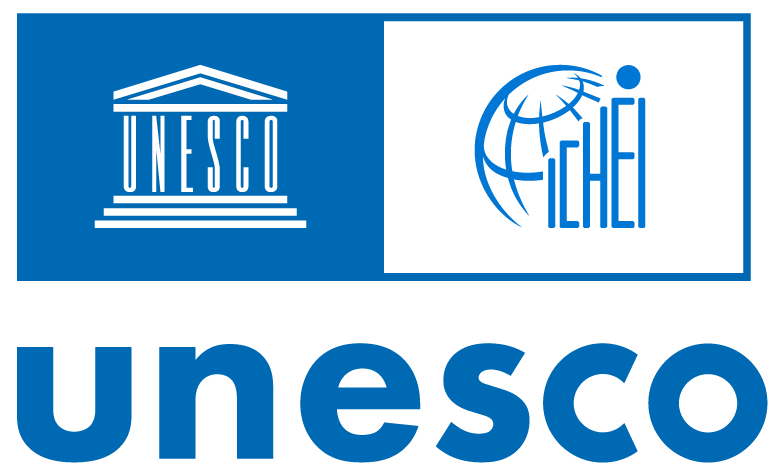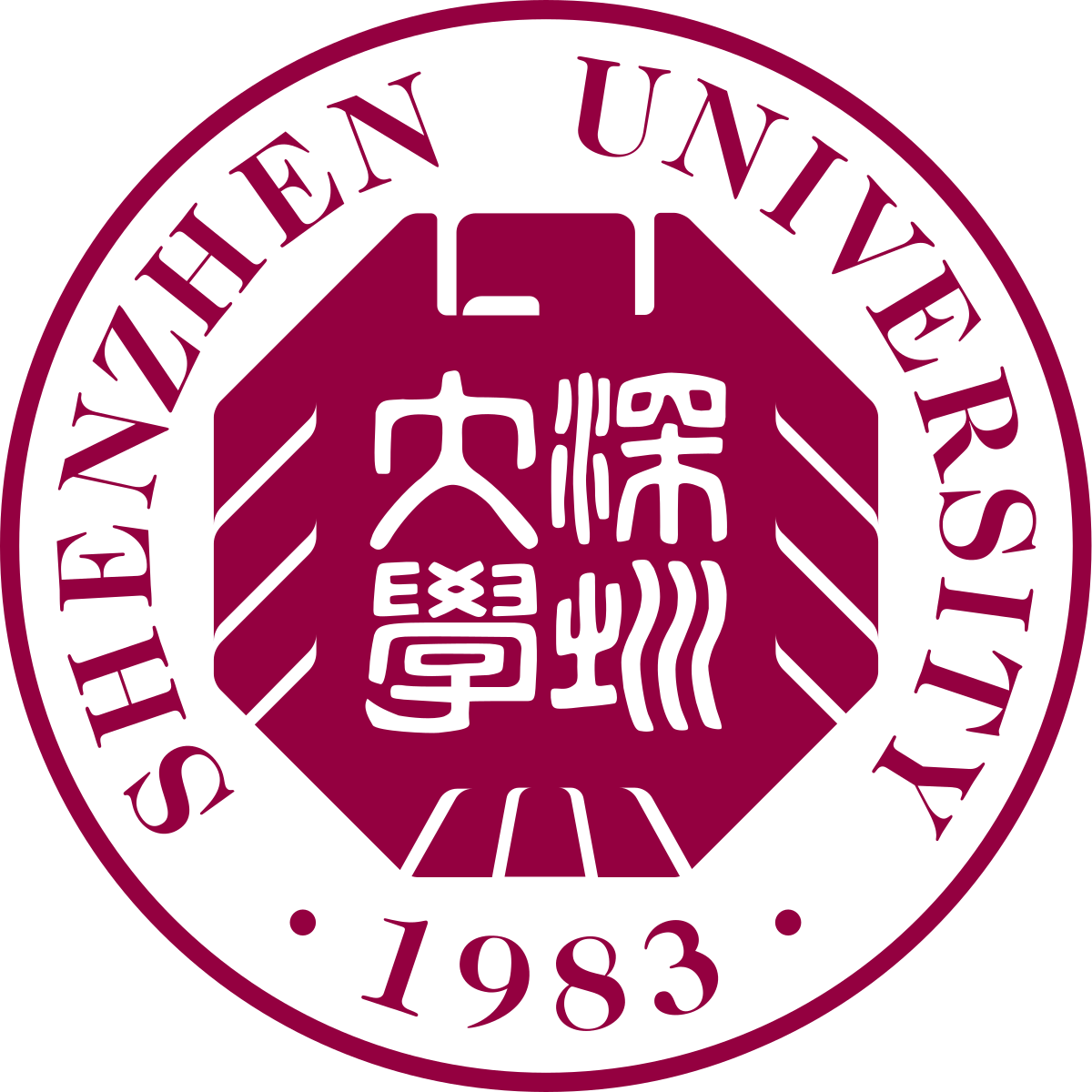Case Studies
HONG KONG UNIVERSITY OF SCIENCE AND TECHNOLOGY
BACKGROUND
Recognizing the importance of AI, HKUST introduced a new course in its undergraduate core curriculum to provide students with a comprehensive understanding of AI and its responsible usage. To ensure effective learning, the instructors used three low-stakes, in-class, handwritten essay quizzes, which required timely feedback to support students’ continued learning and improvement.
CHALLENGE
The main challenge faced by the instructors was the large number of students enrolled in the course, making it time-consuming to grade three essays per student while providing detailed feedback. It was crucial to find a solution that would not only expedite the grading process but also maintain the quality and usefulness of the feedback.
SOLUTION
To address this challenge, the instructors decided to use Pregrade, an automated grading and feedback tool. The tool uses AI to generate initial drafts based on predefined criteria & rubrics. Afterward, a teaching assistant for the course reviewed and edited the auto-generated drafts, ensuring their accuracy and relevance.
QUALITY ASSURANCE
To maintain the rigor and quality of the feedback, one of the two instructors undertook the responsibility of reviewing all the results before releasing the grades and feedback to the students. This final review ensured that the feedback met the required standards & provided valuable insights for each student’s progress.
BENEFITS
Timeliness
Instructors were able to provide feedback to students within five working days of the quiz.
Detailed & Useful Feedback
Students received valuable insights into their strengths and weaknesses, enabling them to focus on areas that required further attention.
Fairness and Consistency
Pregrade ensured fairness & consistency in grading by applying predefined criteria and rubrics.

UNESCO INTERNATIONAL CENTRE FOR HIGHER EDUCATION INNOVATION (ICHEI)
BACKGROUND
UNESCO ICHEI initiated an online learning program with 90+ universities to empower educators in utilizing AI for improved teaching. The program focuses on enhancing skills with AI tools & providing a thorough assessment of participants’ competence.
CHALLENGE
The program organizers faced a challenge in creating assessment methods that accurately gauged participants’ knowledge of AI and how to apply it towards education. They needed to shift from using only multiple-choice questions to assess complex learning outcomes and practical skills effectively.
SOLUTION
To tackle the challenge, the instructors used Pregrade to batch grade the various entries and provide personalised feedback.
END-OF-PROGRAM ASSESSMENT
Participants in the program underwent a final assessment and wrote an essay documenting their use of AI tools, which was graded by Pregrade first before instructor review.
BENEFITS
Comprehensive Assessment
By moving beyond multiplechoice questions, a more comprehensive evaluation of participants’ competence could be conducted.
Efficient Assessment Process
The automated grading process significantly reduced the time & effort required of instructors.
Timely & Detailed Feedback
Instructors could provide immediate & detailed feedback to participants throughout the program.

SHENZHEN UNIVERSITY
BACKGROUND
The ‘Information Technology Applications in Teaching and Learning’ course at Shenzhen University aims to equip ‘Teaching Chinese as a Foreign Language‘ (TCFL) trainees with practical skills and knowledge in utilizing technology for interactive classroom environments. One of the key tasks assigned to the students is the creation of micro-learning modules, which require evaluation and grading by the instructor.
CHALLENGE
With 55 students, the instructor faced the challenge of efficiently assessing and grading individual submissions according to established rubrics. Additionally, providing personalized feedback to each student was likely be time-consuming & resource-intensive.
SOLUTION
To address these challenges, the instructor implemented Pregrade, which streamlined the evaluation process. The tool systematically evaluated each student’s submission against the rubrics for every criterion.
COURSE ENHANCEMENT
By analyzing patterns & trends in student performance, the instructor can identify areas where additional clarification or engagement strategies may be needed.
BENEFITS
Efficient Assessment
The assessment process could be streamlined by comparing student submissions against predefined rubrics.
Precise Assessment Process
The scoring calculations allowed the instructor to make precise adjustments based on the average, highest, & lowest scores for each criterion.
Personalized Feedback
Instructors could review individual student performance and provide targeted feedback.
